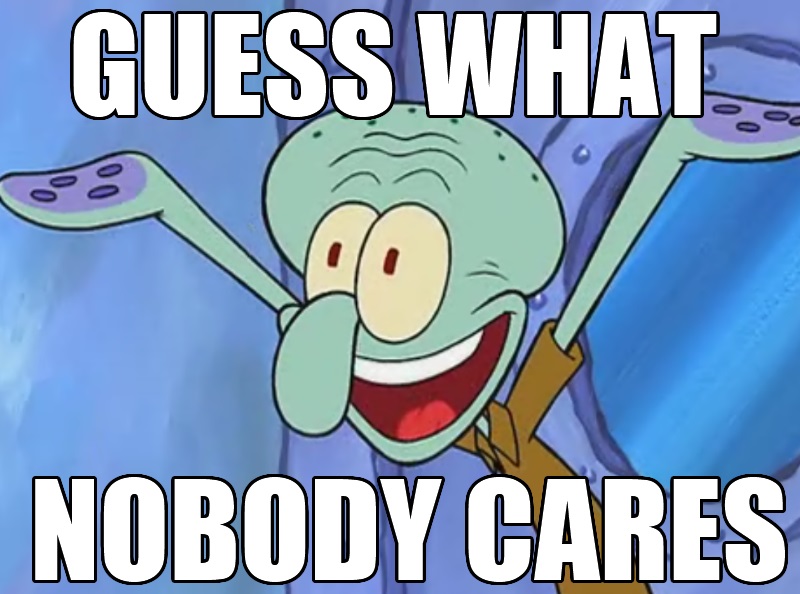Alright, so I can't sleep right now. Thought I'd give people interested in how quantitative easing works in the real world a real world description. Conservatives... there is no reason to read beyond this point.
So let's discuss Federal Reserve (Fed) quantitative easing (specifically QE2 and QE3).
So the first step to understanding this is understanding the banking system. Banks look for spreads. Those spreads are adjusted based on interest rates set by the Fed. When the economy crumbled in 2008-2009 the Fed targeted very low interest rates to keep credit moving. Basically if interest rates are 0%, banks can profit from lending at 1%.
With this crumbling economy came huge government deficits. So the market was being flooded with Govt debt. Theoretically this would increase yields on govt debt as finding buyers for that much debt would require an increase in yields.
So the point that most people do not know, is the biggest buyer of govt debt is banks. So yields on Govt debt during a recession/depression are counter-intuitive to Fed's target interest rates.
Picture it like this... with that much govt debt going in to the market, if banks can purchase that debt at 2%, they would be unwilling to lend very much money under 2% because 2% would be their risk free spread. So the Fed has a dilemma. They want banks to lend money and they want interest rates to be incredibly low but there is a massive amount of risk free interest flooding the market.
So the Fed introduces quantitative easing (or credit easing). This is not the prototypical quantitative easing that is taught. It strictly deals with banks and does not add to the broad money supply.
What they do is take Govt debt off the banks balance sheet and add reserves. These reserves actually have less interest (The new IOER) than Govt debt. What they are doing is sucking up the interest out of the banking system.
Reserves do not mean anything to the non-bank public. It only means something to banks. So more reserves for banks do not mean anything in the non-bank public. We do not have any more money, no one is buying stocks with it, it is pretty much meaningless to the real economy. What it does is force banks to look for interest. Preferably through lending.
So long story short, the Fed is not creating money, we are not going to face hyperinflation, they are simply extracting interest from the system in order to target their specific rates.
There is a lot more to this story of the details, but this is a good primer.
So let's discuss Federal Reserve (Fed) quantitative easing (specifically QE2 and QE3).
So the first step to understanding this is understanding the banking system. Banks look for spreads. Those spreads are adjusted based on interest rates set by the Fed. When the economy crumbled in 2008-2009 the Fed targeted very low interest rates to keep credit moving. Basically if interest rates are 0%, banks can profit from lending at 1%.
With this crumbling economy came huge government deficits. So the market was being flooded with Govt debt. Theoretically this would increase yields on govt debt as finding buyers for that much debt would require an increase in yields.
So the point that most people do not know, is the biggest buyer of govt debt is banks. So yields on Govt debt during a recession/depression are counter-intuitive to Fed's target interest rates.
Picture it like this... with that much govt debt going in to the market, if banks can purchase that debt at 2%, they would be unwilling to lend very much money under 2% because 2% would be their risk free spread. So the Fed has a dilemma. They want banks to lend money and they want interest rates to be incredibly low but there is a massive amount of risk free interest flooding the market.
So the Fed introduces quantitative easing (or credit easing). This is not the prototypical quantitative easing that is taught. It strictly deals with banks and does not add to the broad money supply.
What they do is take Govt debt off the banks balance sheet and add reserves. These reserves actually have less interest (The new IOER) than Govt debt. What they are doing is sucking up the interest out of the banking system.
Reserves do not mean anything to the non-bank public. It only means something to banks. So more reserves for banks do not mean anything in the non-bank public. We do not have any more money, no one is buying stocks with it, it is pretty much meaningless to the real economy. What it does is force banks to look for interest. Preferably through lending.
So long story short, the Fed is not creating money, we are not going to face hyperinflation, they are simply extracting interest from the system in order to target their specific rates.
There is a lot more to this story of the details, but this is a good primer.








